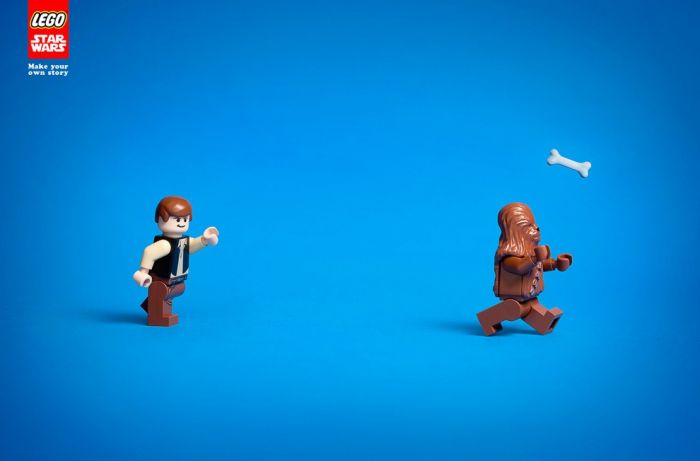|
|
Lego Advertisement
|
Primary concept and development work takes place at the Billund headquarters, where the company employs approximately 120 designers. The company also has smaller design offices in the UK, Spain, Germany, and Japan, which are tasked with developing products aimed specifically at these markets. The average development period for a new product is around twelve months, in three stages. The first stage is to identify market trends and developments, including contact by the designers directly with the market; some are stationed in toy shops close to holiday periods, while others interview children. The second stage is the design and development of the product based upon the results of the first stage. As of September 2008 the design teams use 3D modeling software such as Rhinoceros 3D to generate CAD drawings from initial design sketches. The designs are then prototyped using an in-house stereolithography machine. These are presented to the entire project team for comment and for testing by parents and children during the "validation" process. Designs may then be altered in accordance with the results from the focus groups. Virtual models of completed Lego products are built concurrently with the writing of the user instructions. Completed CAD models are also used in the wider organization, such as for marketing and packaging.
Manufacture
Since 1963, Lego pieces have been manufactured from a strong, resilient plastic known as acrylonitrile butadiene styrene (ABS). As of September 2008, the engineers use the NX CAD/CAM/CAE PLM software suite to model the elements. The software allows the parts to be optimized by way of mold flow and stress analysis. Prototype molds are sometimes built before the design is committed to mass production. The ABS plastic is heated to 232 °C (450 °F) until at a dough-like consistency. It is then injected into the molds at pressures between 25 and 150 tons, and takes approximately 15 seconds to cool. The molds are permitted a tolerance of up to two micrometres, to ensure the bricks remain connected. Human inspectors check the output of the molds, to eliminate significant variations in color or thickness. According to the Lego Group, about eighteen bricks out of every million fail to meet the standard required. Lego factories recycle all but about 1 percent of their plastic waste from the manufacturing process every year. If the plastic cannot be re-used in Lego bricks, it is processed and sold on to industries that can make use of it.
|
|









